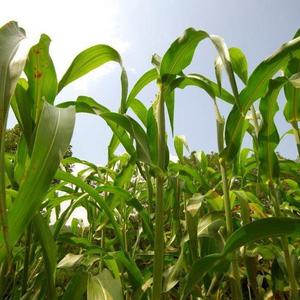Trestle Energy gets low carbon intensity rating for ethanol in BC

December 2, 2014
BY Susanne Retka Schill
A new approach to driving down the carbon intensity of corn ethanol has received approval from the British Columbia Ministry of Energy and Mines. Three pathways from Trestle Energy LLC were given approved carbon intensities of 29.10, 29.68 and 35.66 grams CO2 equivalent per megajoule (CO2e/MJ). That compares with an average rating of 55 CO2e/MJ for the 15 Midwestern ethanol producers who have received carbon intensity ratings under British Columbia’s Renewable and Low Carbon Fuel Requirements Regulation. And, it favorably compares with the 33.31 CO2e/MJ carbon intensity rating given to Peruvian sugarcane-ethanol producer, Maple Biocombustibles.
“We think of ourselves as a bolt on option for virtually any ethanol plant in North America,” Trestle Energy president Jamie Rhodes told Ethanol Producer Magazine. “The approval from British Columbia is great because it validates the proposal of reducing greenhouse gas emissions in the agriculture sector that’s supplying feedstock.”
Advertisement
Advertisement
Rhodes explained that Trestle Energy has worked on the approach for several years, and demonstrated it in a partnership with a Midwestern ethanol plant. “We worked upstream in their supply chain and demonstrated our ability to drive down emissions and the interest in the agricultural sector to participate in that. It was very successful across the board,” he said.
The British Columbia approval clears the way for Trestle to begin selling its low-emissions biofuel in the province, and the company will now begin partnering with existing ethanol plants in Iowa, Minnesota and across the Midwest to ramp up production of its low-carbon biofuels.
Rhodes, who is based in California, declined to give details on the approach at this time, but did give a high-level overview. “We looked at lifecycle analysis for biofuels and it seemed liked there was a lot of leverage to be had in the agricultural sector. That’s where we focused our efforts in the last few years. How do we demonstrably drive down emissions there to affect the lifecycle? We developed a number of strategies that can be used in the agricultural sector and those emissions benefits flow down through the ethanol plants and to the ethanol product.”
Advertisement
Advertisement
The company has a pathway petition pending with the U.S. EPA and has applied with the California Air Resources Board for a carbon intensity rating under the Low Carbon Fuel Standard. Rhodes added that how Trestle Energy proceeds with commercialization may be affected by those regulatory decisions.
Related Stories
The U.S. Department of Energy’s Office of Energy Efficiency and Renewable Energy is soliciting public comments on a preliminary plan for determining provisional emissions rates (PER) for the purposes of the 45Z clean fuel production credit.
On July 17, Iowa’s cost-share Renewable Fuels Infrastructure Program awarded $1.12 million in grants for 20 applicants to add B11 and 4 applicants to add E15 to retail sites. This was the first meeting following the start of RFIP’s fiscal year.
Par Pacific Holdings Inc., Mitsubishi Corp. and ENEOS Corp. on July 21 announced the signing of definitive agreements to establish Hawaii Renewables LLC, a joint venture to produce renewable fuels at Par Pacific’s refinery in Kapolei Hawaii.
A new study published by the ABFA finds that the U.S. EPA’s proposal to cut the RIN by 50% for fuels made from foreign feedstocks, as part of its 2026 and 2027 RVOs, could stall the growth of the biomass-based diesel (BBD) industry.
Reps. Mike Flood, R-Neb., and Troy A. Carter, Sr., D-La., on July 21 reintroduced the SAF Information Act. The bill directs the U.S. EIA to more explicitly include SAF data in its weekly and monthly reports.
Upcoming Events










